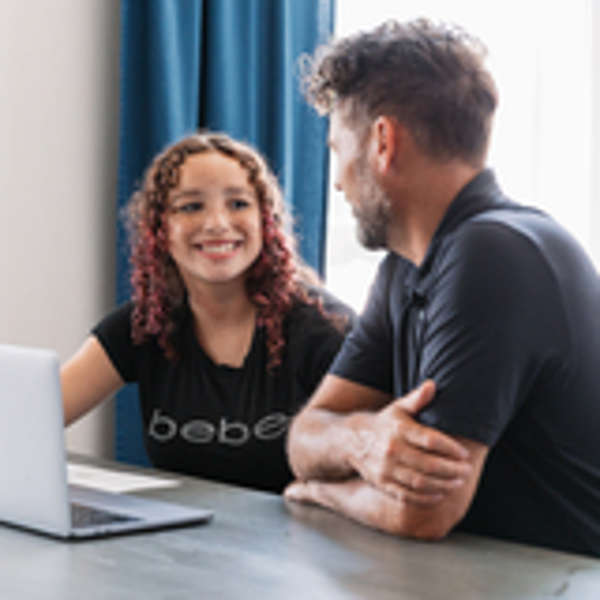Seven ways to welcome a child in foster care into your home
How to help a child feel comfortable
Nicole Zwiers

When a child enters foster care, they need care and support more than ever.
As a foster parent, you give a child a loving home and the stability they need as their family works toward reunification.
But even after you’ve created a safe haven for a child, your journey is just beginning. And with it will come a combination of excitement and apprehension. You’re not alone in these feelings. Bethany will walk alongside you as you welcome a child into your home for the first time.
Here are seven easy suggestions as you and the child you’re fostering begin your journey together.
1. Give the child a tour of the house, including their new bedroom.
Familiarity with their new home will go a long way toward making them feel comfortable in a new environment. Help the child understand where they can find essentials like food, laundry, and basic toiletries. We also recommend introducing the child to the rhythms and expectations in your home—such as bedtimes and mealtimes—so the child doesn’t have to guess.
Additionally, work as best as you can to make their new room familiar. Depending on the child’s age, provide several favorite children’s books on the shelves, posters of a much-loved movie, a stuffed animal that might have some meaning, and other little touches that the child’s caseworker says would be appropriate. For an older child, plan a shopping trip together and allow them to choose items to decorate their space.
2. If possible, include the foster child in your home before they even arrive.
Ask your case manager for a recent photo to hang on your fridge alongside those of other children in the home. Provide other personal touches—their favorite colors and foods—that allow them to see your home as welcoming.
3. Watch the child’s favorite movie or TV show the first week to bring a further sense of familiarity to the child.
Or let the child choose a favorite activity you can do as a family early in their stay with you. Maybe mini golf, bowling, or a bike ride. Find out what the child likes to do and add it in to your family routine.
4. Make mealtimes a fun, familiar time.
Offer favorite foods on a regular basis but also get the child involved, as age-appropriate, with some meal prep, helping set the table, and other contributions that will go a long way toward making them feel at home.
5. Give the child in foster care the same household chores and responsibilities as other children in the home.
Recognize the child may not be familiar with participating in household routines or chores that are common in your family. Be patient with them as they adjust to the expectations in your home.
6. If there are other children in your home, prep them for the arrival of the child in foster care.
Expect that foster care will disrupt your routine. Everyone in your home—parents and siblings—will need time to adjust and welcome a new child into your family.
You know your family best and can determine what type of preparation is most appropriate, whether that’s including them in conversations throughout the licensing process or having a sit-down family meeting prior to each placement.
7. Ask for help as a foster parent.
It’s normal to hesitate, as you may never have had to ask for parenting help before. But you’re encouraged to reach out to your foster care specialist as you learn to navigate your new role as a foster parent or the child’s trauma-related behaviors.
“Never, ever, be afraid to ask for help,” says Erin Alderman a licensing and placement specialist for Bethany. “Taking your call is our job. We’re here to help you meet the child’s needs. While we do this every day, we understand you may be new to this. Every social worker I know will say they’d rather have too much information about what you’re experiencing than not enough.”
It’s also OK to ask for support from friends and family members. Family members often help run errands or provide childcare and transportation for foster families. This can be as simple as picking up a child from swimming practice or bringing some groceries by the house.
Working together to help children feel comfortable
It’s worth repeating: You’re not alone in this. In fact, we encourage foster caregivers to connect with the child's parent soon after placement, to ask questions about favorite shows, foods, and activities.
Shared parenting may sound daunting, but it goes a long way in nurturing parent/child connections and preparing them for a successful reunification. Ask your caseworker if there’s an opportunity to learn this information directly from the child’s parent(s).
Other resources
It’s hard to picture what foster parenting will really be like if you’ve never been a foster parent. Many people assume the child will warm up to their foster parents quickly, but that’s not necessarily the case for children who love and miss their family. Learn more about adjusting your expectations about foster care.
And for even more answers about foster care, download our e-book.



